Nursing Project: Analysis of Comprehensive Care and Fall Prevention
VerifiedAdded on 2022/12/30
|5
|723
|93
Project
AI Summary
This nursing project analyzes the importance of comprehensive care and fall prevention strategies within healthcare settings. The project is structured around two key topics: comprehensive care planning and fall prevention programs. The first topic discusses the significance of healthcare organizations developing systems for comprehensive care, including the development, documentation, and communication of treatment plans to meet clinical needs and facilitate timely patient referrals. It emphasizes the importance of clinicians collaborating with patients and families and utilizing data analysis to improve processes. The second topic focuses on the establishment of fall prevention systems, including adherence to evidence-based practice guidelines to minimize patient harm and post-fall management. The project highlights the need for organizations to develop procedures for preventing falls and implementing risk management approaches, ultimately aiming to reduce fall risks and improve patient outcomes. The project concludes that effective processes for comprehensive care and fall prevention are essential for meeting organizational needs, ensuring accountability, and improving patient safety.
1 out of 5
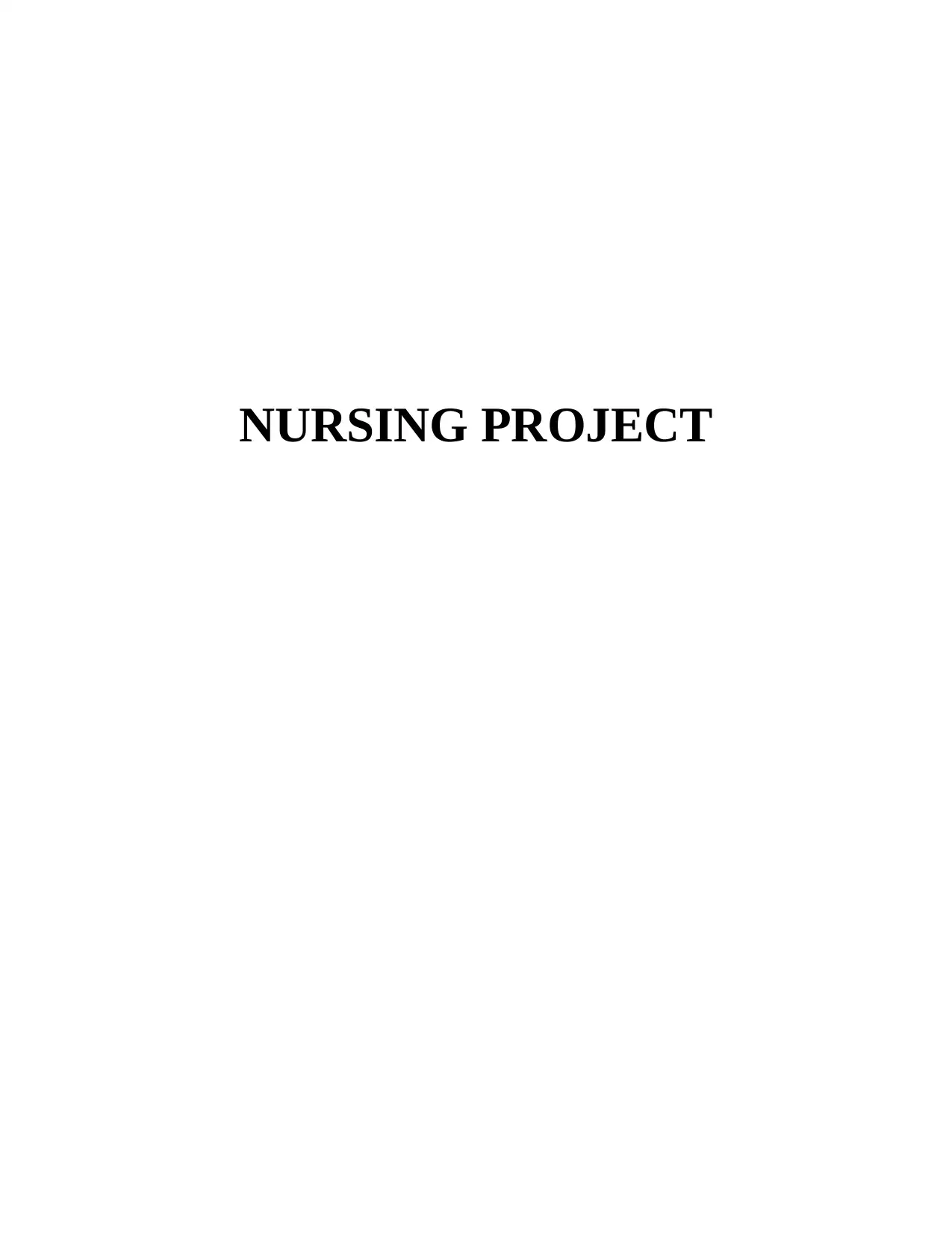
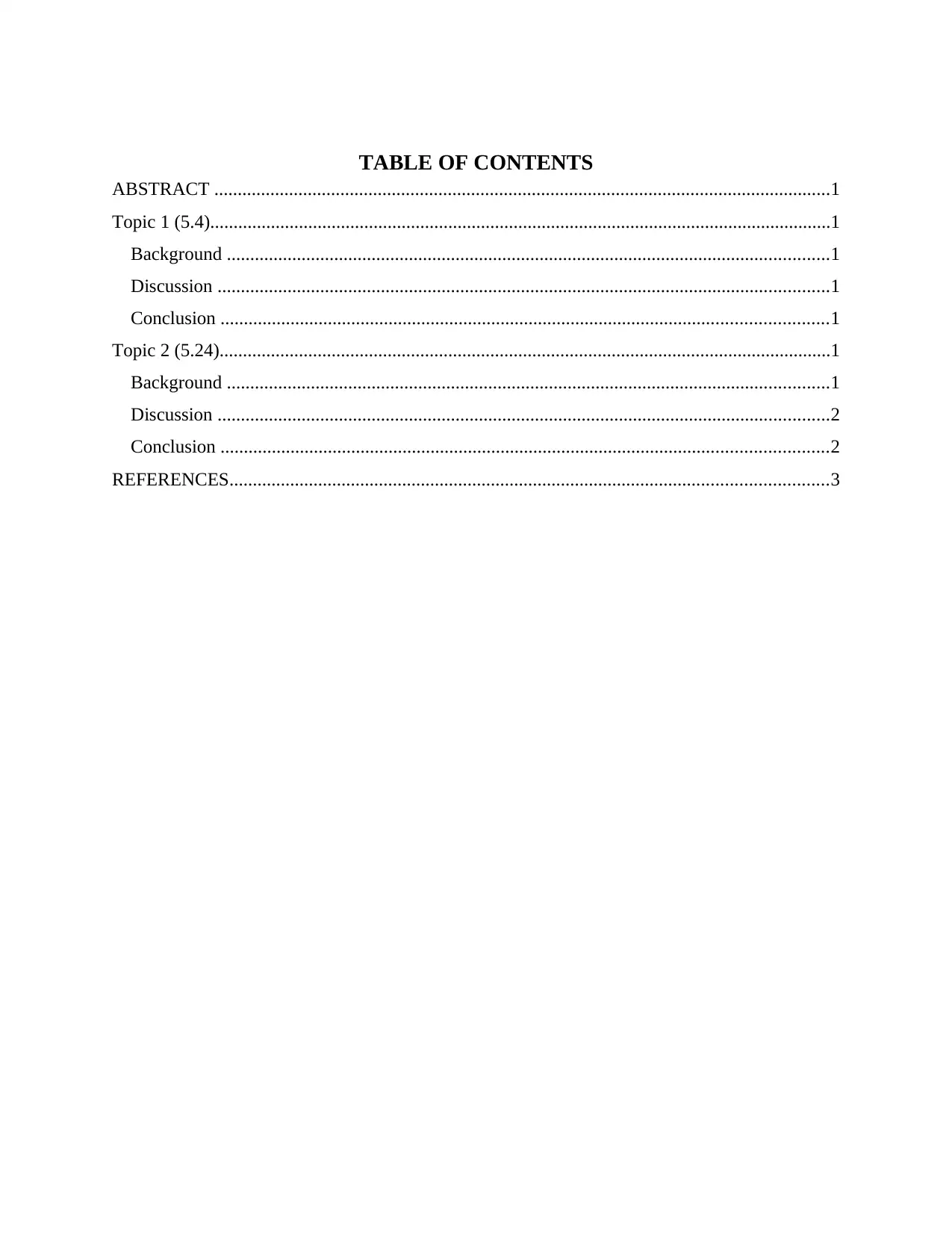
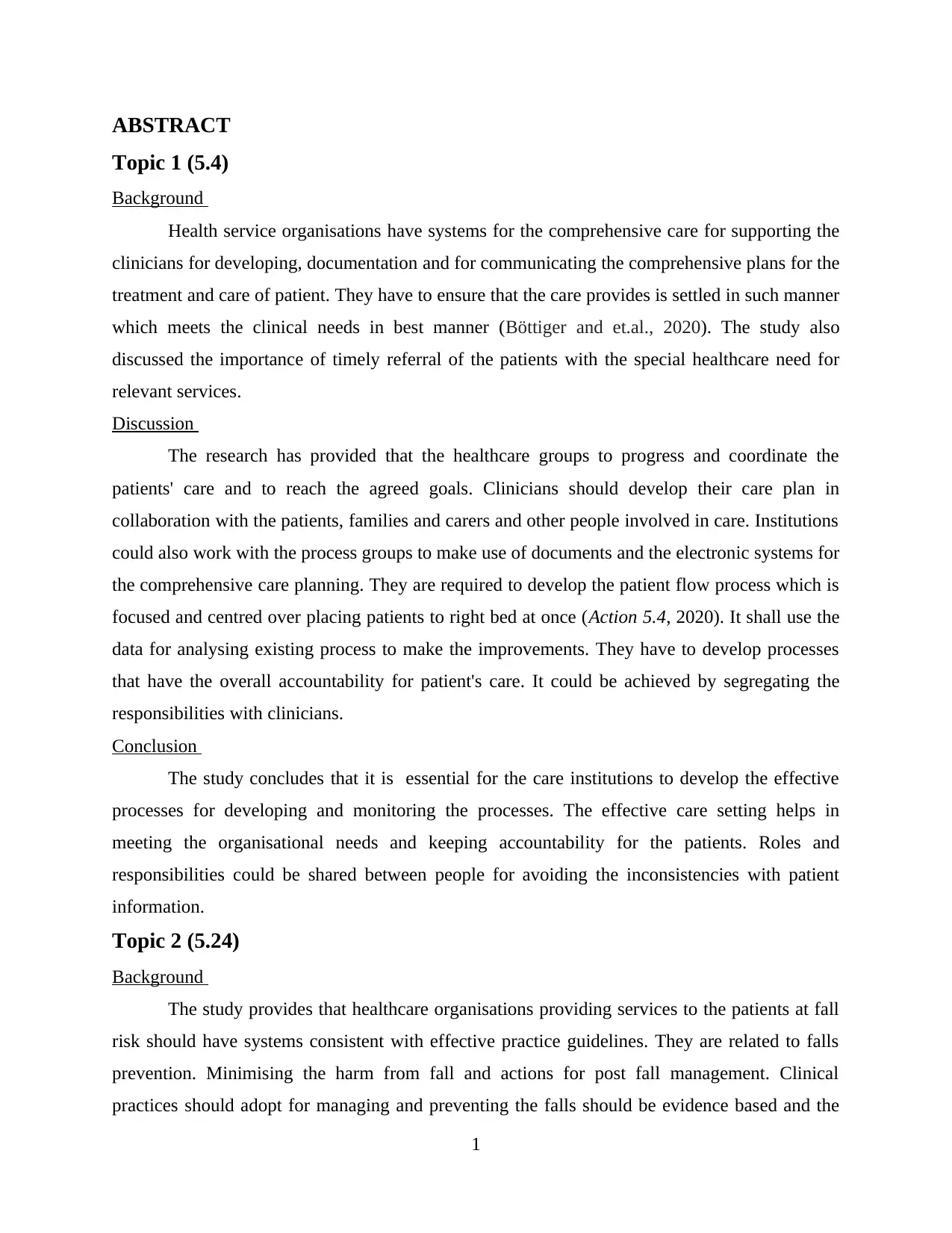

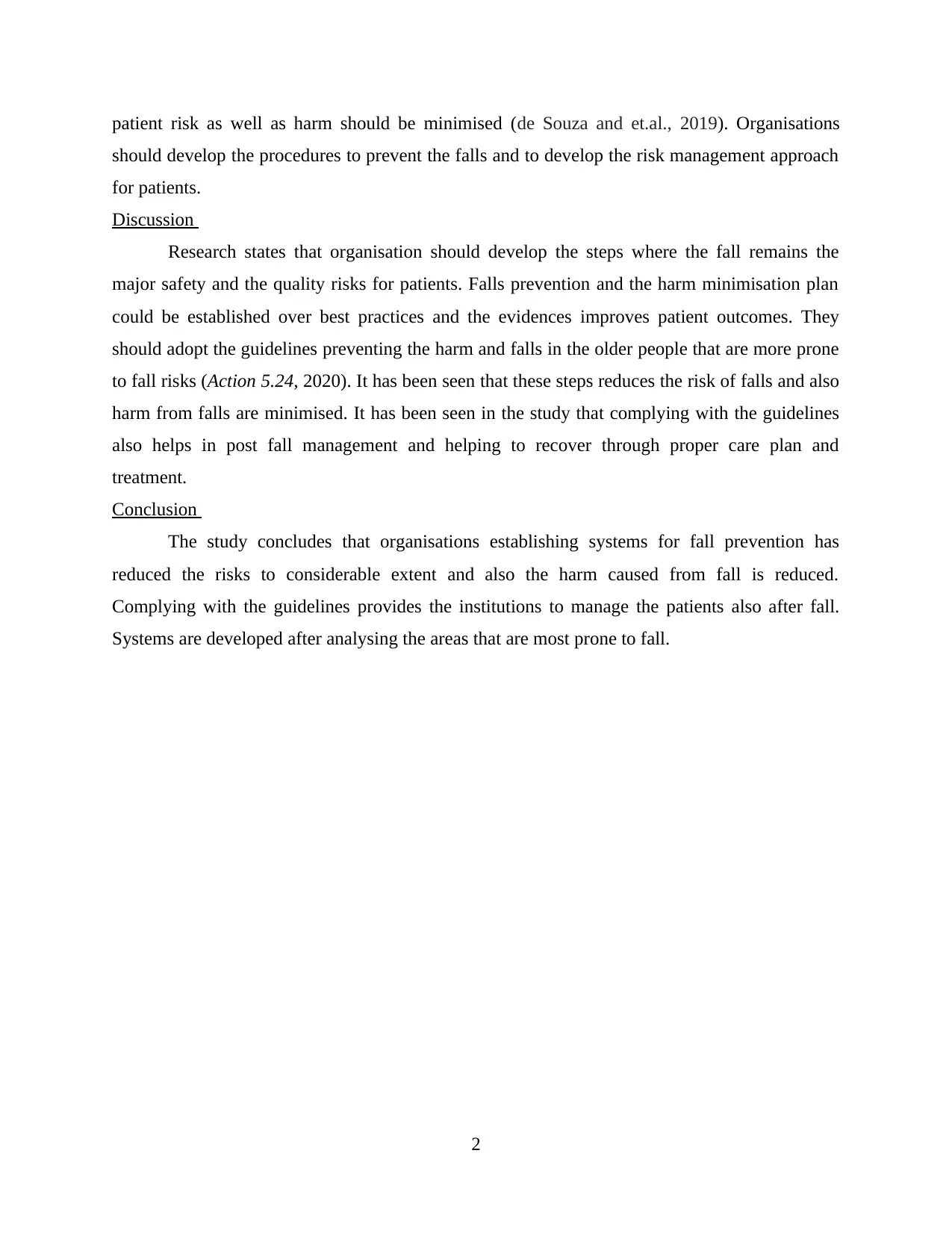
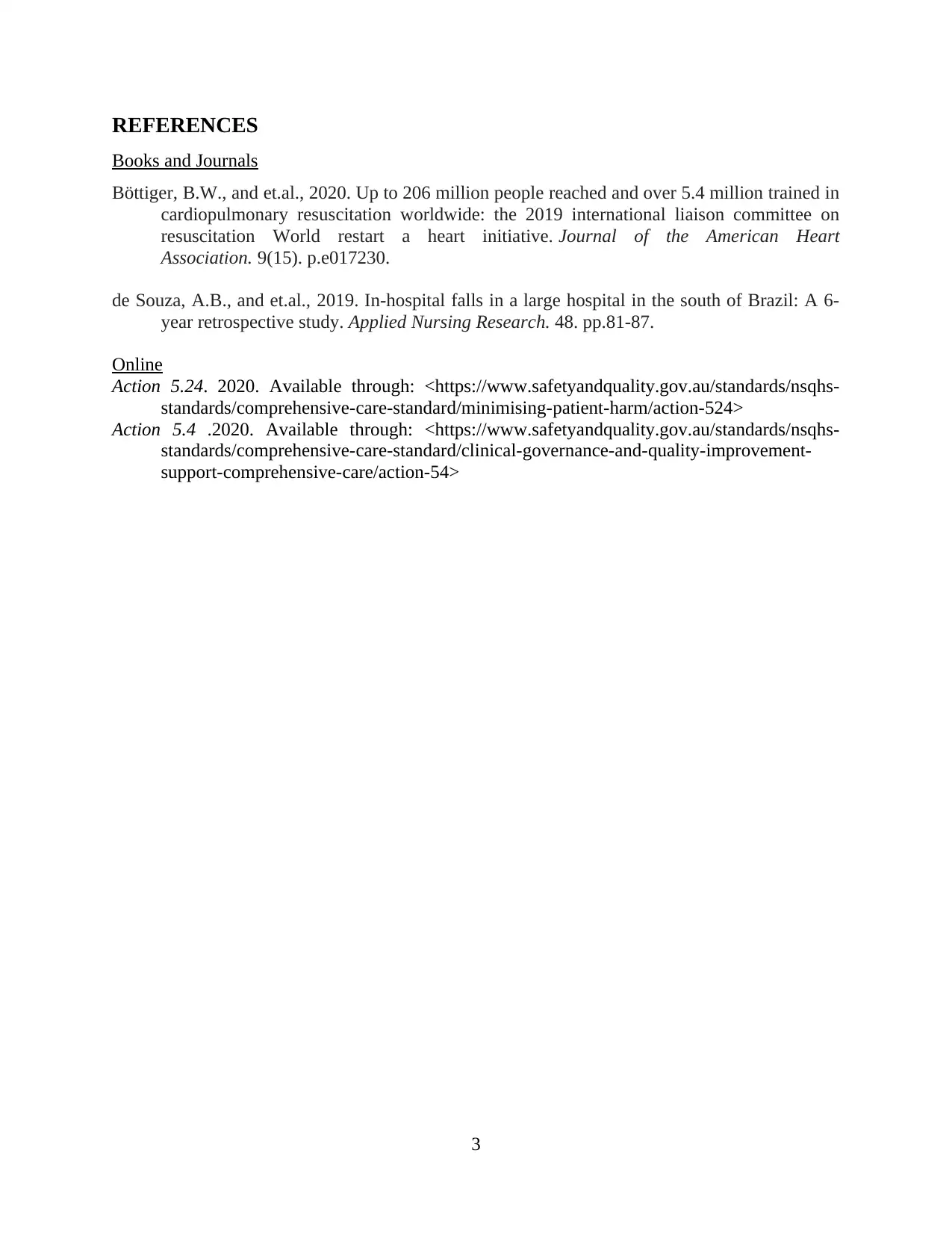






![[object Object]](/_next/static/media/star-bottom.7253800d.svg)